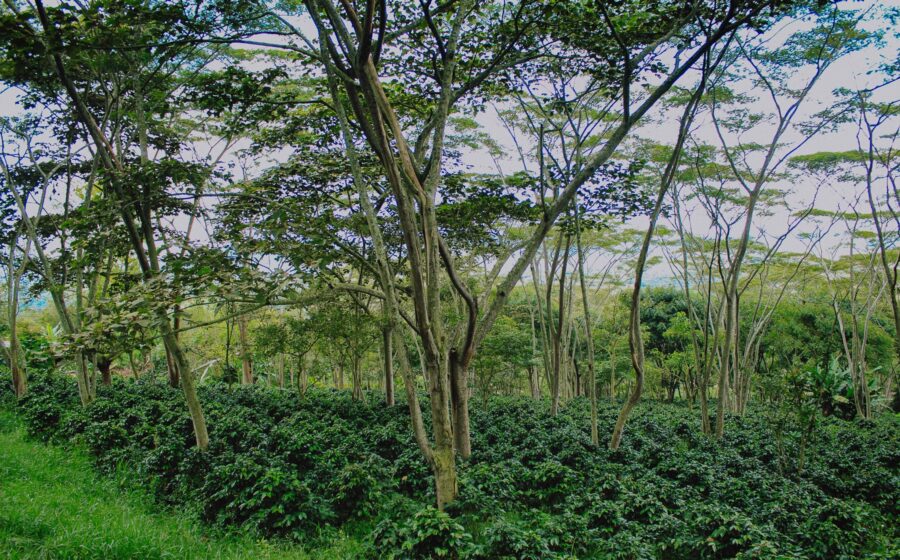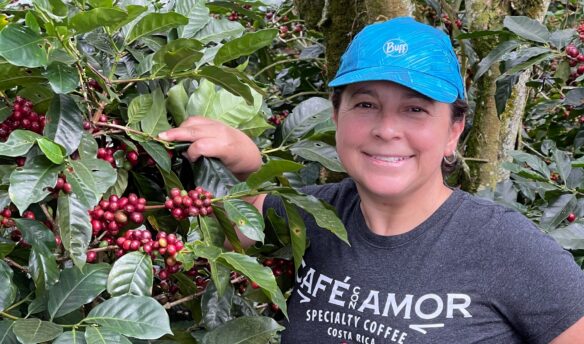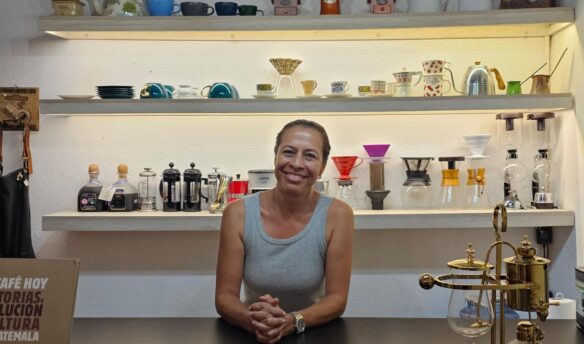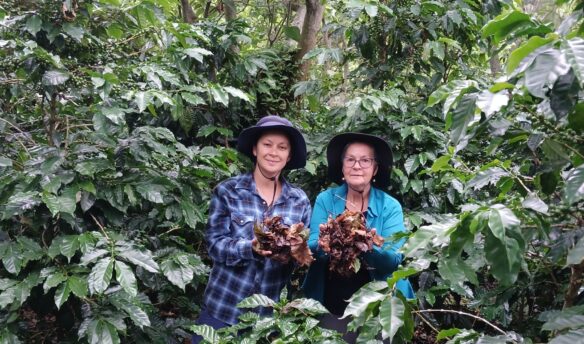In the heart of Colombia’s coffee belt, traditional farming practices have long been the cornerstone of the industry.
But recently, farmers across the country have been implementing new practices in line with the tenets of regenerative agriculture, a way of farming that focuses on soil health. For two farmers, the impact of regenerative agriculture practices has been profound, leading to increased quality, biodiversity at their farm, and crop diversification.
Success stories like theirs have helped motivate other farmers across Colombia to explore the benefits and find ways to implement regenerative agriculture practices.
Traditional Colombian Coffee Production
Oscar Daza is a third-generation coffee producer at Hacienda La Pradera, located in Aratoca, a town in the Santander department in northeastern Colombia. For Daza, growing coffee meant following in the footsteps of his ancestors, adhering to methods passed down through generations. But, he began experimenting with regenerative agriculture practices about ten years ago.
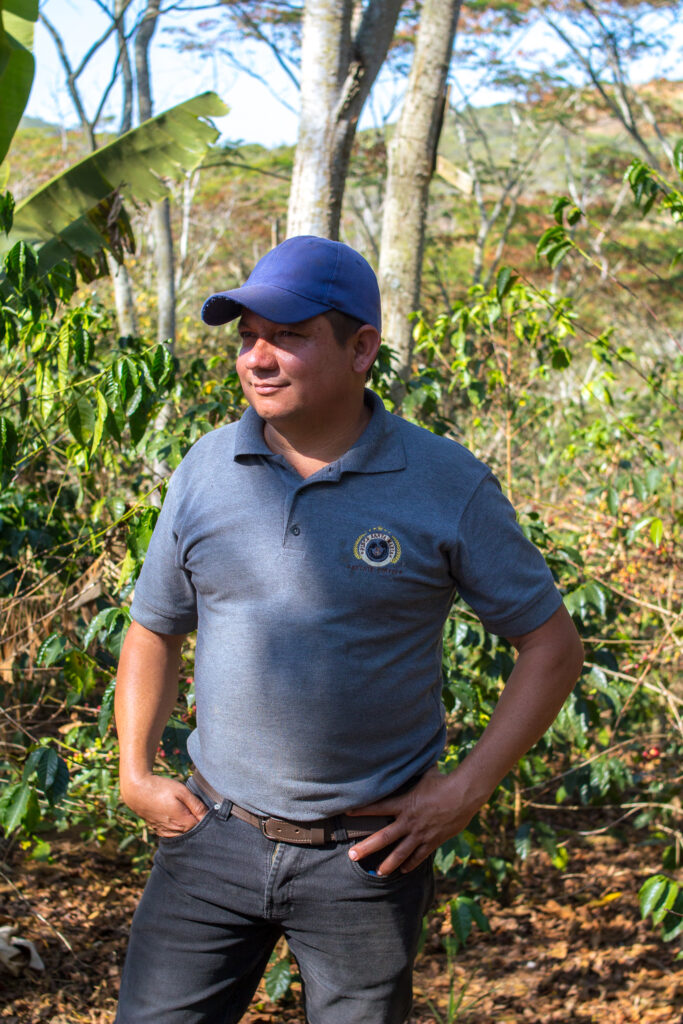
Before Oscar took over his family’s farm, they had a shade covering using timber trees. However, Oscar quickly realized that these timber trees were stripping their environment and coffees of necessary nutrients, so they implemented a new system using eucalyptus and pine trees to increase nitrogen in the soil. “Throughout the ten years of implementing this new system of producing coffee,” he says, “we were able to improve our coffees and experiment with different technologies to improve our shade-grown coffee.”
Francisco Tamayo of Finca La Primavera in Silvania, just outside of Bogota, faced the same struggle but began considering regenerative agricultural practices after he noticed issues with the soil. “When we began producing coffee in 2012, we quickly learned that the soil was deteriorated and had a high acidic pH level,” he says.
“This meant we had to implement basic regenerative practices to regenerate the soil, such as applying rocks, compost, and microorganisms to the soil, which helps make nitrogen and phosphorus more available to the plant.”
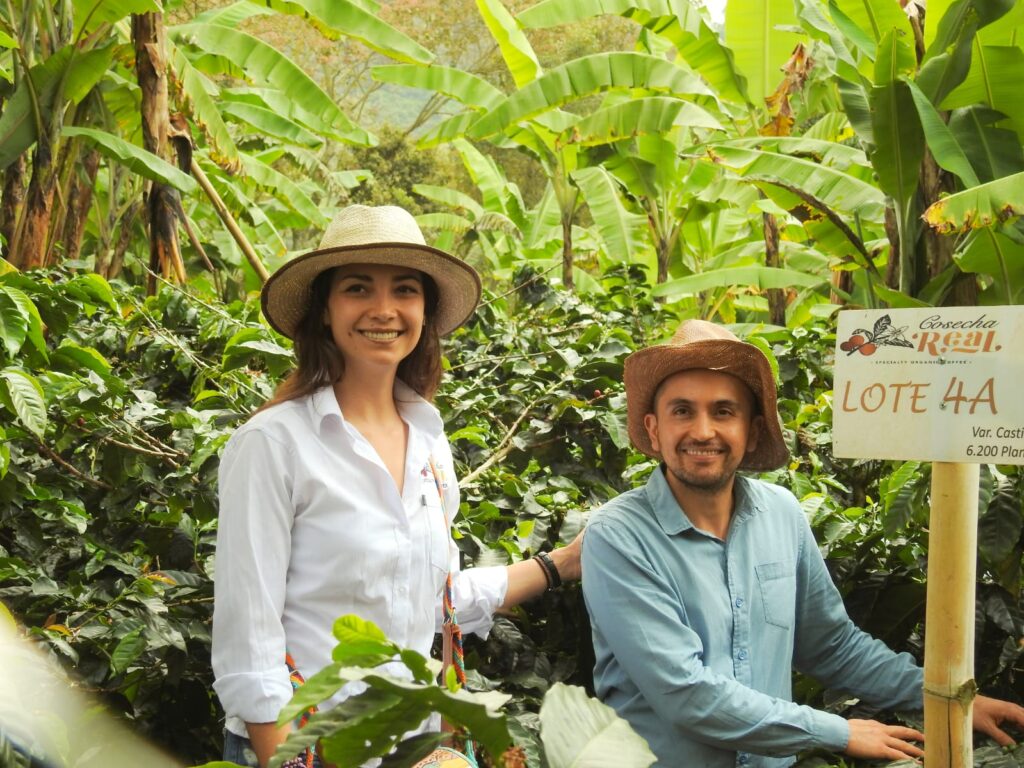
Daza and Tamayo witnessed remarkable changes on their farms as they implemented regenerative practices such as cover cropping, composting, and agroforestry. “Our soil became alive again,” says Tamayo. “After making yearly soil assessments, we continuously saw our soil improve drastically due to the implementation of these regenerative practices. Our plants now have readily available nutrients and properties, which gives us a more stable production. We saw an increase in biodiversity, with birds and insects returning to our fields.”
The transition to regenerative agriculture was not just about improving their farms—it was a deeply personal journey of discovery and transformation. “Regenerative farming opened our eyes to a new way of thinking about our relationship with the land,” says Daza. “It’s about working with nature, rather than against it.”
A Regenerative Revolution in Colombia
Across Colombia’s coffee regions, a regenerative revolution is gaining momentum, fueled by the experiences of farmers like Daza and Tamayo. Producers across the country are taking note of these regenerative practices, especially in the communities where Daza and Tamayo reside.
“We’re seeing increasingly more producers embracing regenerative practices,” says Tamayo. “It’s not just about growing coffee—it’s about caring for the land and ensuring its health for future generations.”
“Specialty coffee has, for the most part, been focused around the cup, flavor profiles, processes, varieties, etc,” says Tamayo. “However, with the effects of climate change and more businesses looking for more environmentally responsible producers, our model is finally becoming more visible and rewarded for our sustainable practices.”


The National Federation of Coffee Farmers (known as the FNC) has also committed to social, economic, and environmental goals by 2027, part of which includes a plan to create a more sustainable coffee-producing ecosystem for the country. The environmental arm of this plan consists of six areas of focus: Water, Land, Biodiversity, Waste, Energy, and Emissions, which are all critical to regenerative agricultural practices.
While regenerative agricultural practices may impact yields for some, there are so many economic benefits that go beyond producing high quantities. A 2015 study found “that shade management of coffee farms does increase ecological sustainability, but in general gives lower yields of coffee. However, shaded coffee systems have the potential of increasing economic resilience for farmers by providing diversified income possibilities.”
Impact on Local Communities
The adoption of regenerative agriculture is not only transforming coffee production practices but also creating positive impacts on local communities in Colombia. Because he’s not using fertilizers, pesticides, fungicides, and herbicides, Daza says “that more labor is required on the farm, which has created more employment locally and gave us an opportunity to give great benefit to workers and their families.”
Additionally, regenerative agriculture fosters community resilience against the effects of climate change. “With climate change all around us, regenerative agriculture has allowed us to be resilient against the effects of climate change,” says Daza. By promoting biodiversity, improving soil health, and enhancing ecosystem resilience, regenerative farming practices help mitigate the impacts of extreme weather events and environmental degradation on local communities.
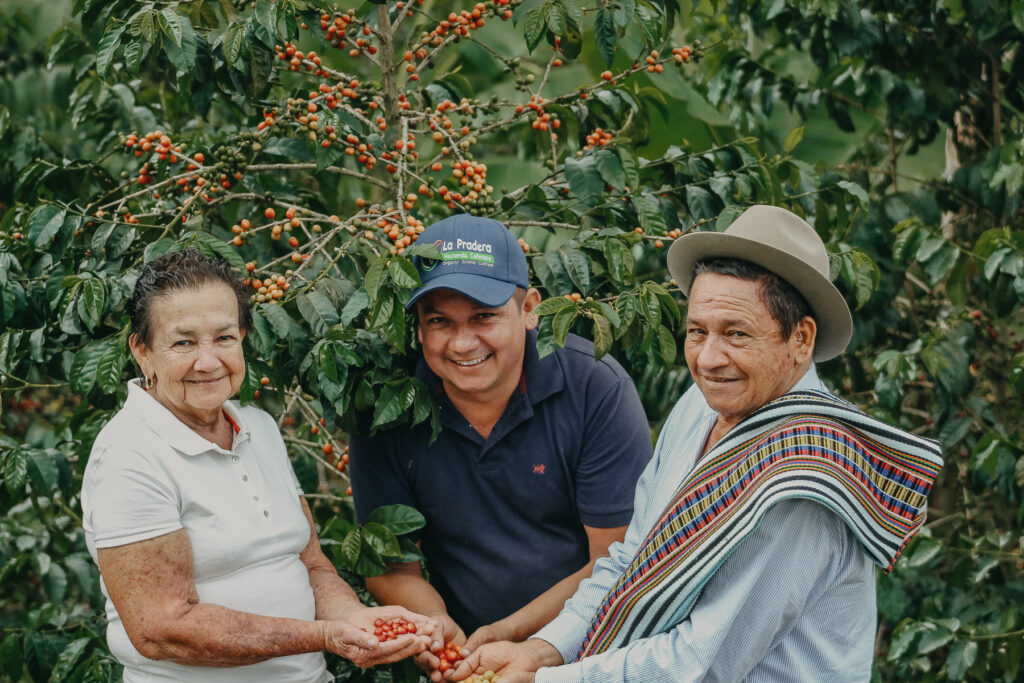
The shift towards regenerative agriculture is reshaping the landscape of Colombian coffee production, positioning the country as a global leader in sustainable farming. As Daza and Tamayo look to the future, they see endless possibilities for regenerative agriculture to transform the Colombian coffee industry.
“We’re not just growing coffee,” says Tamayo. “We’re nurturing a movement—one that has the power to change lives, landscapes, and the world.” Regenerative agriculture is rising in Colombia, offering a promising solution to preserve Colombia’s rich coffee heritage and ensuring a more sustainable future for generations to come.



